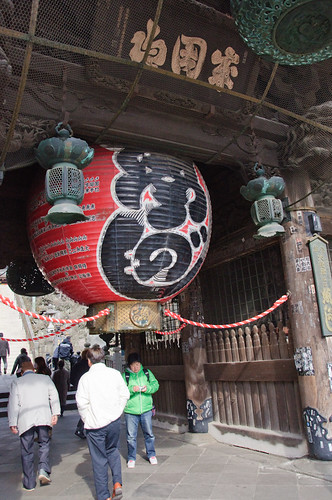
In the revolt against emperor Suzaku in the year 939, the priest Kanjo received a secret order from the emperor to suppress it. Priest Kanjo went to the revelling district bearing the image of Fudomyoo from the Takaosan Jingoji temple in the capital of Kyoto. He performed a three weeks ‘Goma’ rite of peace. At the final day of the rite, the revolt had been suppressed completely. When preparing to return the image to Kyoto, he found out that the image had become heavy as a huge stone. Later in an oracle he heard Fudomyoo say, “My wish has not been fulfilled. I wish to stay here forever and relieve innumerable people from suffering.”. Emperor Suzaku moved by the mercy of Fudomyoo ordered the construction of a temple on the spot. The Naritasan shinshoji was established on that day.
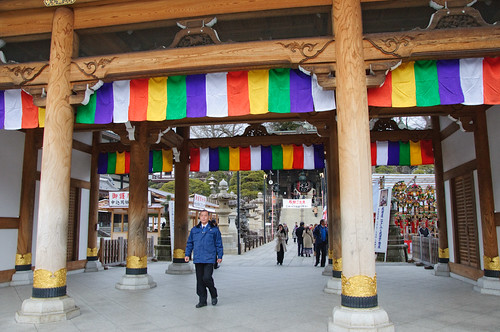

The large complex Naritasan in Narita Chiba, is a great day trip from Tokyo, or a convenient way to spend a few hours around the Narita airport area.
The main external gate is quite new wooden structure built in 2008.

After the external gate, there is an open area, which is filled with vendors on festival and special temple days.
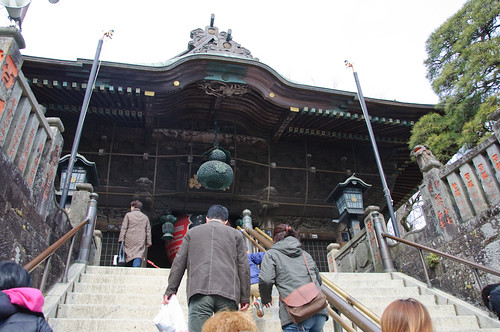
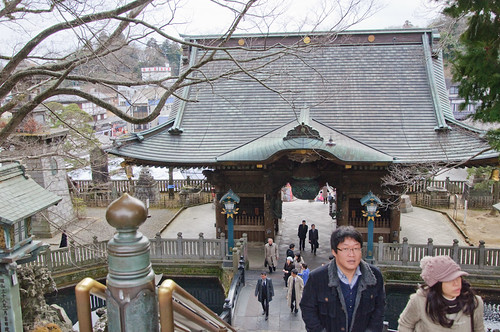
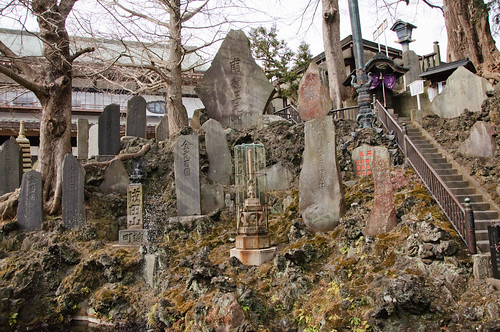
After a set of steps there is the the Niomon gate an Important cultural property built in 1830. Passing the gate a large number of very old stone slabs with the names of people who contributed to the temple’s construction are visible at the sides of the stairs.
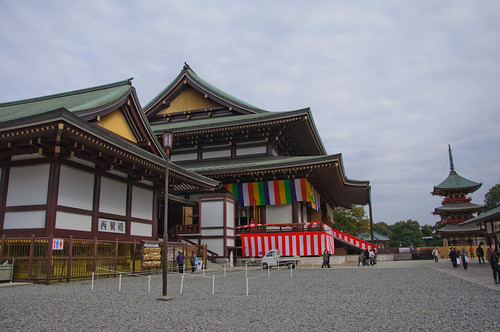
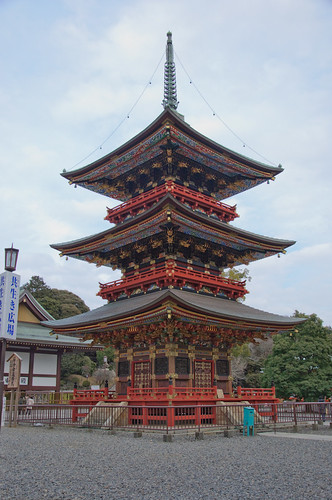

Following a short set of steps, the main temple is now visible, at right side there is the three stories pagoda, an important cultural property built in 1712, with beautifully carved dragons on the ceiling.
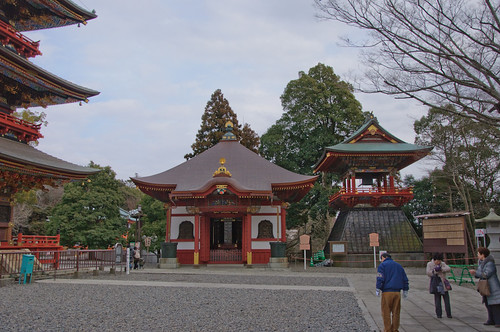


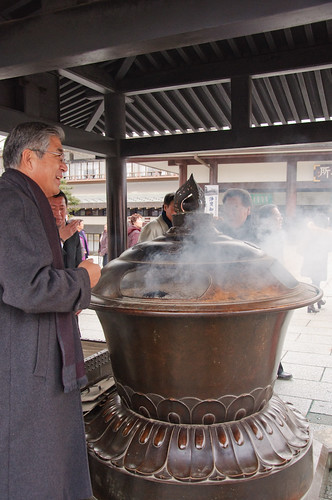
The bell tower, the isseikyodo, the ablutions area and purification incense are also in the open area.
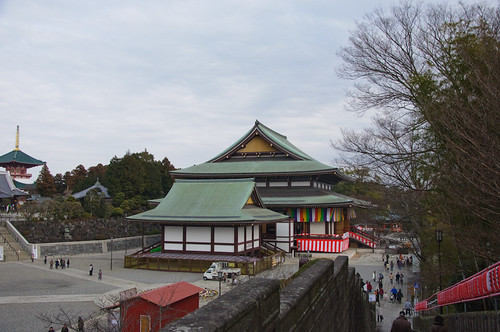
Every day the temple carries the Goma ceremonial fire rite of peace. The ceremony is open to the public but, unfortunately, no photos allowed. The monks chants, the main priest chanting and feeding the fire, is a ritual worth attending, as is only performed on the naritasan temples.
View Naritasan in a larger map
Español
No comments:
Post a Comment